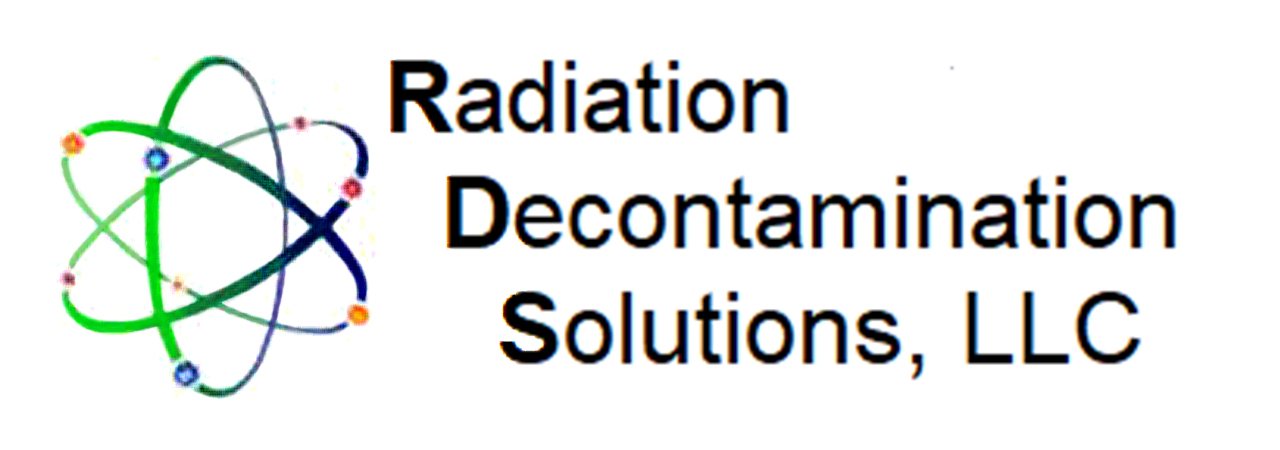RDS Quick Decon Solutions in Decommissioning and Decontamination of a NPP
The goal in disassemble, decommission, or destruct a NPP is to reduce the radiation to ALARA (as low as reasonably attainable) before commencing destruction. Thus, you will reduce the amount of Rad-waste and/or Low Level Waste (LLW) for disposal. This includes buildings and equipment. The logical method is to start from the outside and decontaminate inward to the core, then disassembly and disposal.
Not knowing the layout of the facility, we are assuming that all present radioactive liquids can be pumped through the waste water resin beds or similar ion exchange beds that are on site. We can provide a portable unit if needed. By using our Quick Decon products, all walls and contaminated surfaces can be decontaminated by applying the solution which will lift the radioactive material (RAM) from the surface. The QD solution can then be rinsed away to the waste water resin beds or captured and processed through the existing resin beds. Spot decon of walls and fixtures can be done by spraying and wiping on a spot-by-spot basis using a Geiger meter to determine if any RAM remains. Multiple iterations may be required to reach ALARA goals.
Once the buildings and walls are decontaminated to ALARA, the core cavity, piping, and equipment can be decontaminated by flooding the system with our QD solution and recirculating through the system and the resin beds. The resins should remove the RAM.
The NPP’s in the US have only been concerned with Transition Metals like Cesium. Therefore, not knowing the elements of concern, we are looking only at our transition metal QD solution. If Actinides are involved, the above procedures can be reiterated using our other ion-specific solutions. If decontamination of holding casks for the fuel rods is needed, we have had good success using our QD Actinide solutions. (See chart at www.raddecon.com under “Technology” to determine if the RAM element is a Halogen, Transition Metal, or Actinide)
Using the above procedures, you will minimize the RAM volume to just the resin beds, which will minimize disposal costs exponentially.
Not knowing the square footage of the contaminated areas, you can use as a general rule that one gallon of QD solution will cover about 400sqft. Again, let me stress that if we can get the RAM into a liquid form, we can remove it through ion exchange and REUSE the solution over and over again. In some cases, just submerging tools, valves, and other equipment in a bucket of QD solution then rinsing off will decontaminate to acceptable limits. Also, any LLW such as contaminated wipes, clothing, protective suits, etc., can be soaked in our QD solution to remove RAM and reduce Rad-waste volume.
OUR QD SOLUTIONS ARE NOT SOAPS AND WILL NOT CLOG UP THE RESIN BED SITES, SO YOU WILL GET THE MAXIMUM LIFE FROM THE RESINS. We also can supply the ion specific resins if required.
We can offer on-site expertise and consultation.
